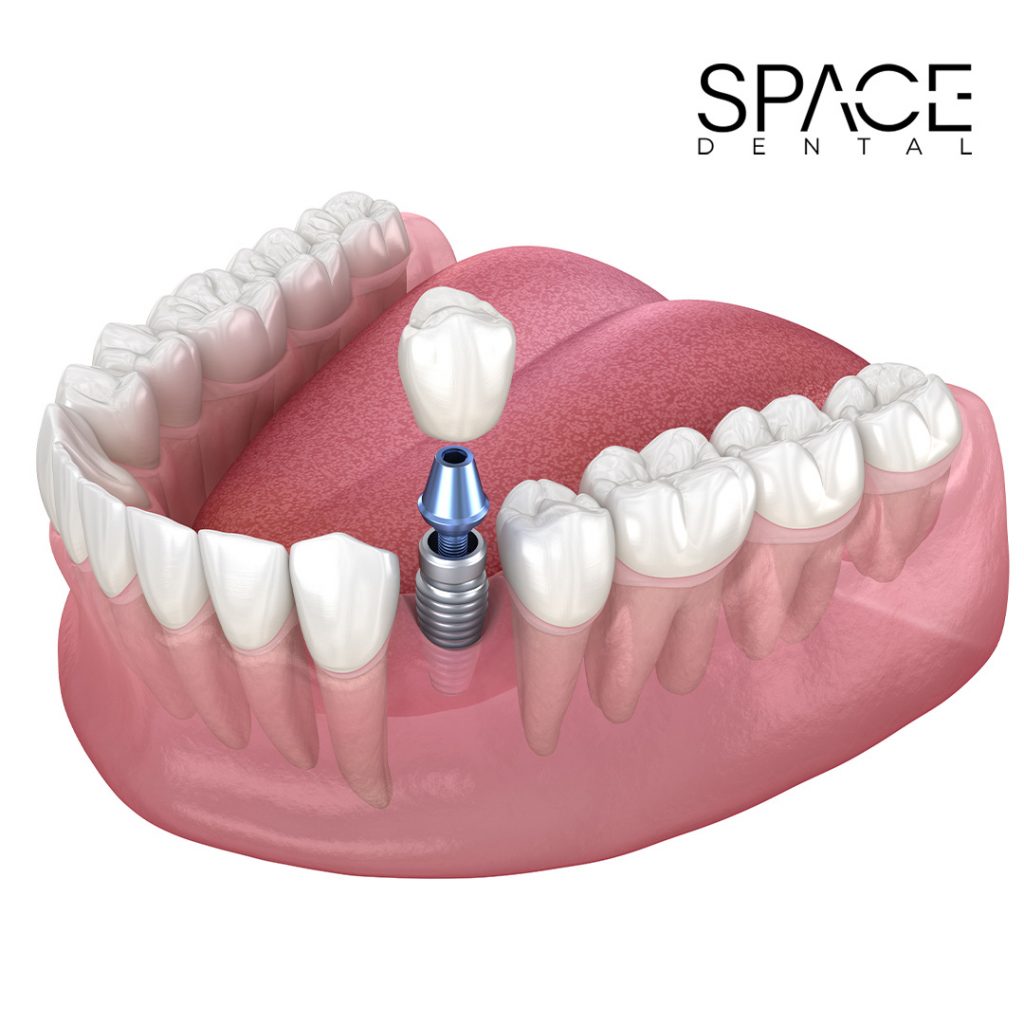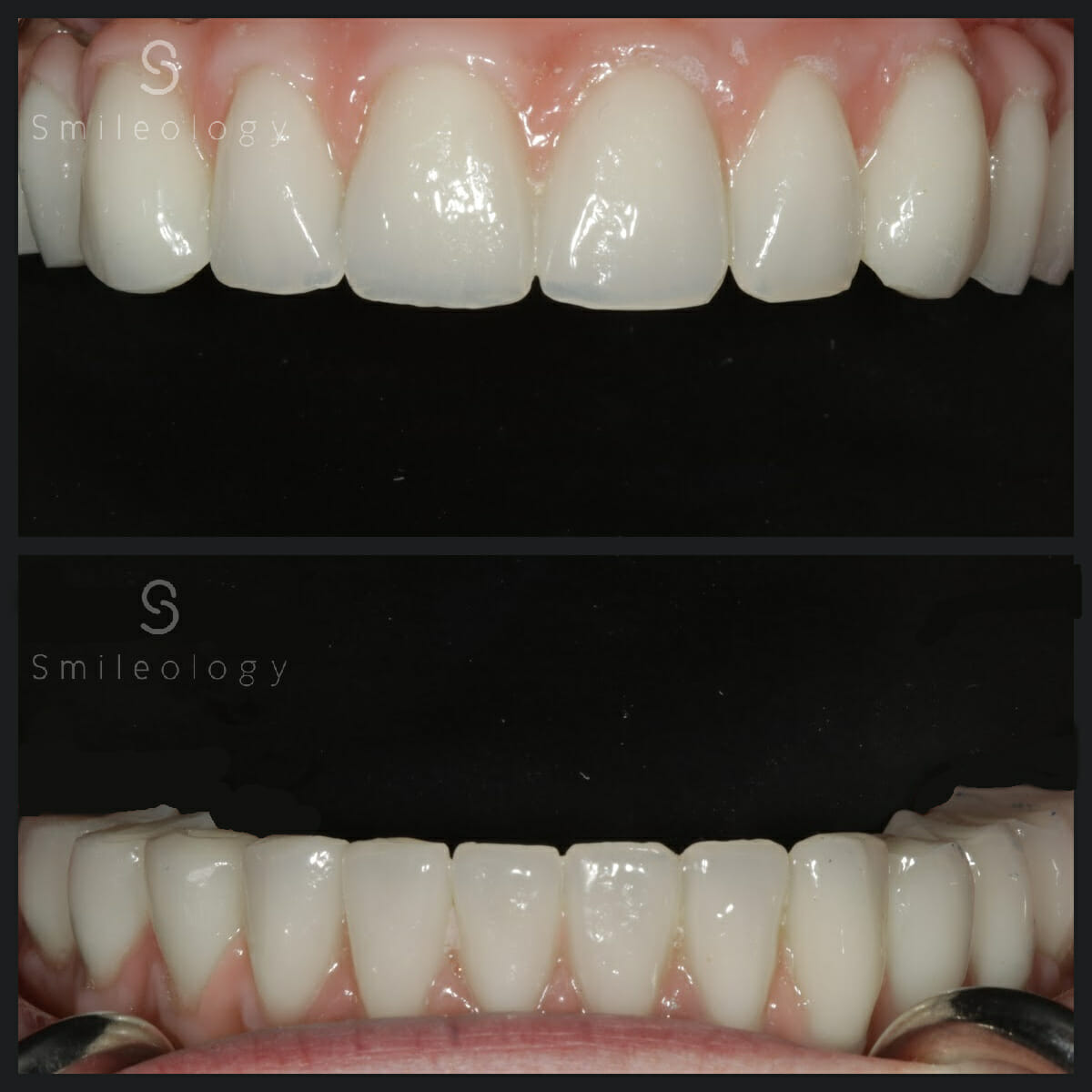Recover Capability and Visual Appeals: Dental Implants Kent Services
Recover Capability and Visual Appeals: Dental Implants Kent Services
Blog Article
Experience the most recent Innovations in Dental Implants Technology
As the field of dental care proceeds to develop, the improvements in dental implant modern technology have actually been nothing short of amazing. The assimilation of innovation is revolutionizing the capability of dental implants, guaranteeing improved results and client contentment.
Advanced Materials for Boosted Durability
In the world of dental implants modern technology, the integration of innovative materials has considerably contributed to improving resilience and long life of these essential oral prosthetics. The utilization of products such as titanium alloys, zirconia, and ceramic compounds has changed the field by using boosted resistance, biocompatibility, and strength to deterioration.
Titanium alloys are extensively used in dental implants as a result of their extraordinary strength-to-weight proportion, corrosion resistance, and compatibility with the human body. These alloys make sure the security and long life of the implant by withstanding the pressures applied throughout eating and speaking, offering a trustworthy solution for patients seeking resilient tooth replacements.
Zirconia, a sort of ceramic product, has actually obtained appeal for its biocompatibility and all-natural tooth-like look. Its high strength and resistance to use make it an appropriate option for dental crowns and bridges, improving the overall appearances and capability of the dental implant.

Digital Imaging for Specific Positioning
The advancement of oral implants modern technology has actually even more advanced with the combination of electronic imaging methods, making certain precise placement of these prosthetics for optimum practical and aesthetic end results. Digital imaging plays an essential duty in the planning and positioning of oral implants by giving in-depth 3D pictures of the client's jawbone structure. This technology enables dental practitioners to examine bone density, locate essential frameworks, and plan the specific placement and angle for implant positioning with unrivaled precision.
By making use of electronic imaging, dental professionals can create digital surgical guides that work as a roadmap throughout the dental implant placement treatment. These guides are tailored for each and every client, thinking about their special anatomy and the wanted result. This level of accuracy not only improves the success rate of dental implant treatments but additionally decreases the threat of difficulties.
Additionally, electronic imaging makes it possible for dental practitioners to imagine the last prosthetic restoration prior to the real placement of implants, permitting precise preparation and making sure that the end result fulfills the patient's visual expectations. Overall, the integration of electronic imaging modern technology has reinvented the field of dental implants, offering clients a much more foreseeable, effective, and patient-specific treatment strategy.

Minimally Invasive Surgical Methods


Developments in surgical strategies have actually brought about the advancement of minimally invasive techniques in the field of oral implantology. These methods intend to reduce injury to the patient, shorten healing times, and enhance overall treatment outcomes. Minimally intrusive surgical treatments include smaller incisions, specialized tools, and advanced imaging technologies to precisely place oral implants with very little disruption to bordering tissues.
One key aspect of minimally intrusive methods is the use of led surgical treatment, where 3D imaging and computer-aided design software application are employed to intend the implant read this post here positioning with great precision. This allows for an extra foreseeable result and can frequently remove the requirement for comprehensive flap surgery.
In addition, improvements in materials and implant layout have also added to the success of minimally invasive approaches. Implants with enhanced surface area properties advertise faster osseointegration, minimizing the healing time called for before the prosthetic repair can be placed.
3D Printing for Personalized Solutions
Utilizing 3D printing innovation in oral implantology permits the development of very customized remedies tailored to individual client demands and physiological variations. This sophisticated innovation allows oral professionals to develop and produce oral implants with extraordinary accuracy and accuracy. By utilizing digital imaging methods, such as cone light beam calculated tomography (CBCT), comprehensive 3D designs of the person's mouth can be generated to assist the implant preparing procedure.
Among the vital advantages of 3D printing in dental implantology is the capability to produce patient-specific implants that completely fit the one-of-a-kind makeup of each person. This customized method assists enhance the general success and durability of the implant by making sure optimum fit and placement. In addition, 3D printing enables the manufacturing of intricate geometries and detailed structures that would be difficult or impossible to achieve using standard manufacturing techniques.
Moreover, 3D printing innovation allows dental practitioners to simplify the implantation procedure, lowering surgical procedure time and boosting general client experience. With its ability to develop tailored options rapidly and efficiently, 3D printing is revolutionizing the area of dental implantology, offering clients innovative therapy choices and improved end results.
Integrated Modern Technology for Improved Performance
Applying advanced modern technology in dental implantology improves capability and accuracy, boosting the standard of care for clients undergoing dental implant treatments. Integrated innovation plays a crucial function in improving the overall success and sturdiness of dental implants.
Moreover, the assimilation of computer-aided design and computer-aided manufacturing (CAD/CAM) innovation makes it possible for the development of customized dental implant restorations with extraordinary precision. CAD/CAM systems utilize electronic impressions to develop prosthetics that completely fit the Recommended Reading individual's one-of-a-kind anatomy, making sure optimal convenience and performance. Furthermore, using robotic-assisted surgery in my explanation implant placement enhances precision and reduces the danger of human error.
Verdict
In conclusion, the most recent developments in oral implants technology offer boosted toughness via innovative products, exact positioning with digital imaging, minimally invasive surgical techniques, customized solutions with 3D printing, and boosted capability with incorporated technology - Dental implants Kent. These advancements in oral implants modern technology are changing the area and offering people with more effective and effective therapy alternatives for restoring their smiles and oral wellness
The integration of modern technology is reinventing the functionality of oral implants, guaranteeing improved results and client satisfaction.
The advancement of dental implants modern technology has better advanced with the assimilation of digital imaging methods, ensuring exact placement of these prosthetics for ideal functional and aesthetic end results. Minimally invasive surgical procedures entail smaller cuts, specialized tools, and advanced imaging innovations to specifically put dental implants with very little disruption to bordering tissues.
Carrying out cutting-edge innovation in oral implantology enhances performance and precision, raising the requirement of treatment for patients undergoing implant treatments. Dental implants Kent. Integrated technology plays a vital duty in improving the general success and durability of dental implants
Report this page